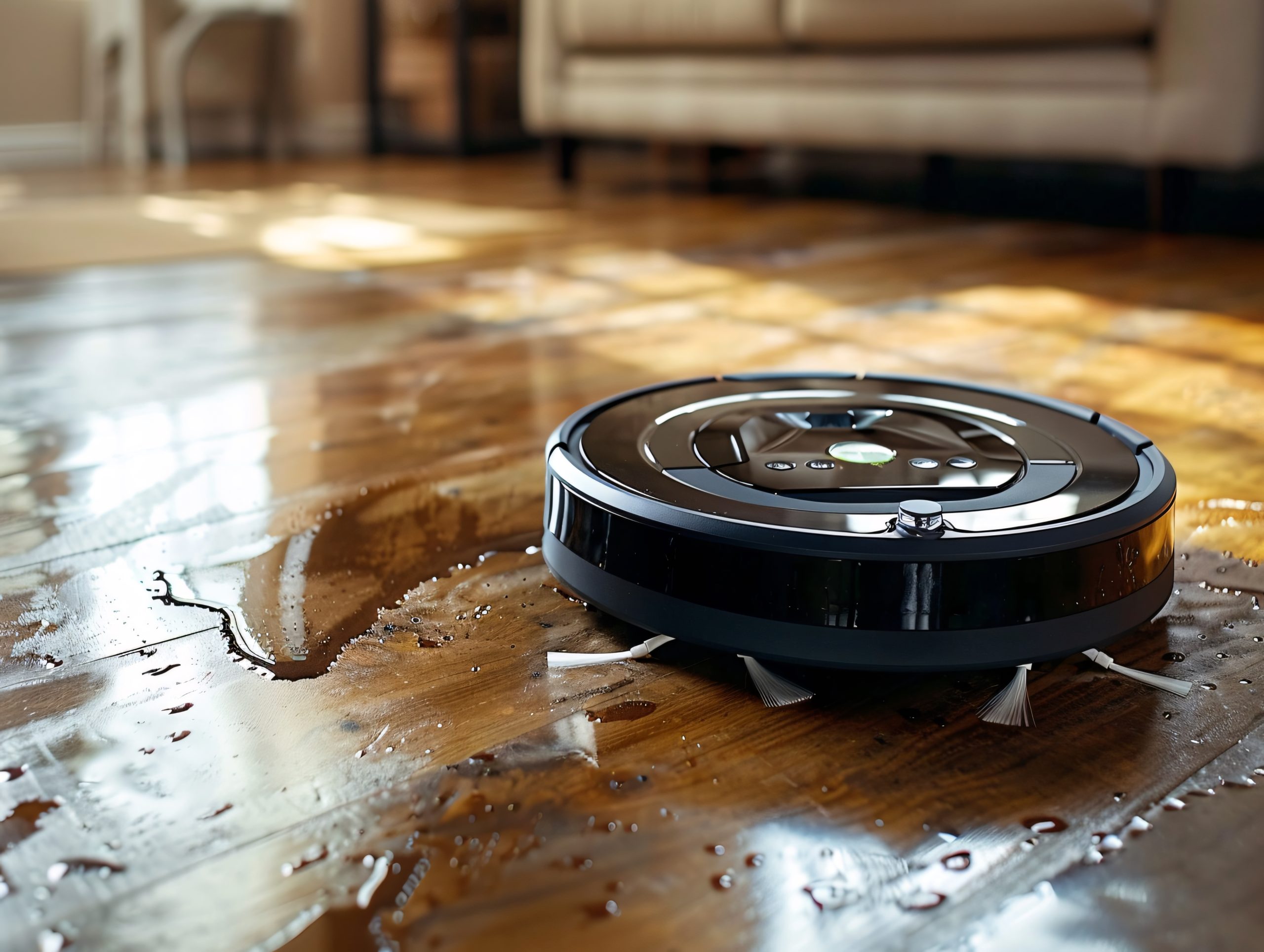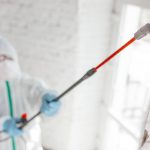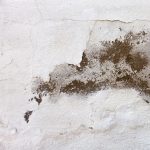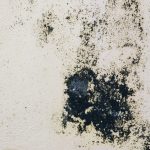
Water damage can occur unexpectedly, whether from natural disasters, plumbing failures, or other sources. In humid regions like Southwest Florida, prompt water removal is critical to prevent mold growth. Mold thrives in moist environments, and without immediate action, it can quickly become a significant problem. Here are effective water removal techniques to prevent mold growth and keep your home safe.
1. Act Quickly
The key to preventing mold growth after water damage is to act quickly. Mold can begin to develop within 24-48 hours of water exposure, so immediate action is crucial. The faster you can remove water and dry affected areas, the less likely mold will take hold.
2. Ensure Safety First
Before beginning water removal, ensure that it is safe to enter the affected area. Turn off electricity to avoid the risk of electrical shock, especially if there is standing water. Wear protective gear such as gloves, boots, and masks to protect yourself from contaminants.
3. Remove Standing Water
The first step in water removal is to eliminate standing water. This can be done using various tools:
- Wet/Dry Vacuum: These vacuums are designed to handle large amounts of water and are effective for quickly removing standing water from floors and carpets.
- Pumps: For significant water accumulation, submersible pumps can be used to remove water efficiently.
- Buckets and Mops: For smaller areas or hard-to-reach spots, buckets and mops can help remove water manually.
4. Dry Affected Areas
After removing standing water, it’s essential to dry the affected areas thoroughly. Here are some methods to accelerate the drying process:
- Fans: Use high-powered fans to increase air circulation and speed up the drying process. Position fans to blow air across wet surfaces and out of the affected area.
- Dehumidifiers: Dehumidifiers help remove excess moisture from the air, reducing humidity levels and preventing mold growth. Place dehumidifiers in the most affected areas and empty the water collection reservoir regularly.
- Air Conditioning: If it’s safe to do so, use your home’s air conditioning system to help lower humidity levels and promote drying.
5. Remove and Discard Damaged Materials
Certain materials, such as carpets, drywall, insulation, and furniture, can absorb water and create a breeding ground for mold. If these materials are heavily damaged and cannot be dried thoroughly, they should be removed and discarded. This helps prevent mold from developing and spreading.
6. Clean and Disinfect
Once the affected areas are dry, it’s important to clean and disinfect them to remove any remaining contaminants and mold spores. Use a mixture of water and detergent to clean hard surfaces, and then disinfect with a solution of one cup of bleach to one gallon of water. Be sure to follow safety guidelines when using bleach and ensure proper ventilation.
7. Check for Hidden Moisture
Mold can grow in hidden areas where moisture lingers, such as behind walls and under floors. Use moisture meters to check for hidden moisture in these areas. If moisture is detected, additional drying and possibly removal of materials may be necessary.
8. Monitor Humidity Levels
Maintaining low humidity levels in your home is essential to prevent future mold growth. Use a hygrometer to monitor indoor humidity and keep it below 60%. Dehumidifiers, air conditioners, and proper ventilation can help maintain optimal humidity levels.
Case Study: Water Removal in Fort Myers
A family in Fort Myers experienced severe water damage after a storm caused flooding in their home. They contacted QCI for professional water removal services. Our team quickly removed standing water using high-powered pumps and wet/dry vacuums. We then set up industrial fans and dehumidifiers to dry the affected areas thoroughly. After removing damaged materials and disinfecting the space, we ensured that all hidden moisture was eliminated. The family was relieved to have their home restored without the risk of mold growth.
Effective water removal is crucial to prevent mold growth and maintain a healthy home environment. Acting quickly, using the right tools, and thoroughly drying and disinfecting affected areas can significantly reduce the risk of mold. In cases of extensive water damage, professional services may be necessary to ensure complete remediation.
At QCI, we specialize in water removal and mold remediation services in Southwest Florida, including Fort Myers. With over 28 years of experience, our team is equipped to handle any water damage situation promptly and effectively. Contact us today at (239) 777-2875 or visit our website at QCI Online to schedule a free inspection and protect your home from mold growth. Let us help you restore your home to a safe and healthy environment.






